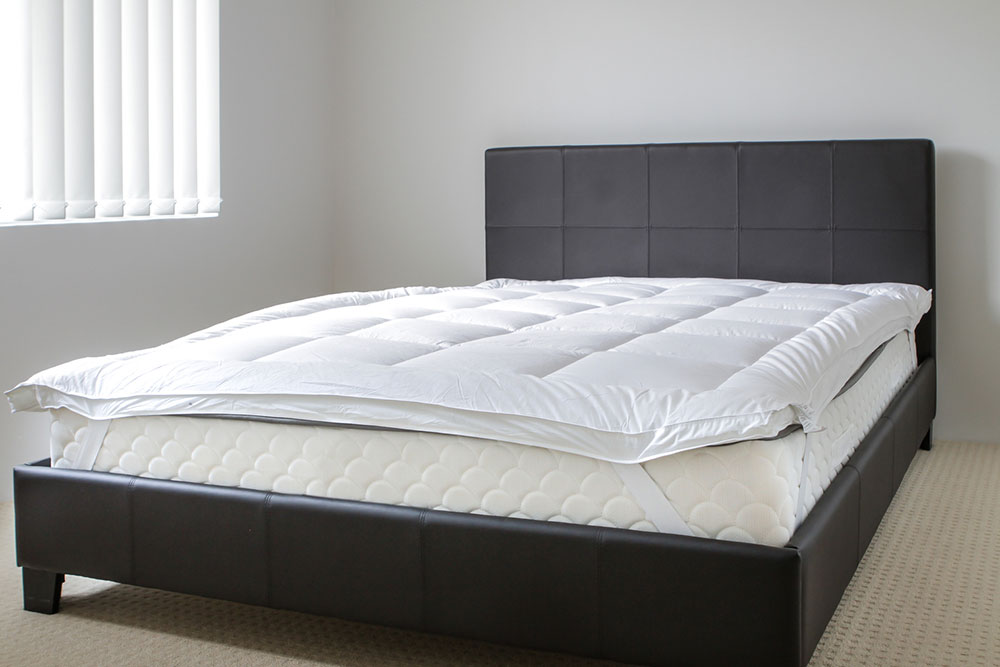12 benefits of buying cool gel memory foam mattresses

A few things go into creating an environment for good-quality sleep, including maintaining the ideal body temperature. If one feels very hot at night, it might be their mattress to blame. Luckily, with years of research, trial, and error, many brands today offer memory foam mattresses with cooling gel technology to benefit even those who do not sleep hot or sweat at night. Here are ten benefits that one should know about:
- Improved sleep quality
One of the primary benefits of using a cool gel memory foam mattress is improved sleep quality. The body sends sleep-wake signals to the brain to prepare it for bed. But if the body is too hot at night, the individual might suffer from sleep disruptions. Using a cooling mattress could regulate one’s body temperature to enable them to sleep well and feel better when they wake up. - Better sleep for couples
There are cooling mattresses with modern technology that help improve sleep quality for couples. These allow each person to set their individual comfort temperature ranges throughout the night. Other people can utilize the composition of the mattress to help regulate body temperature. Therefore, when two individuals sleep on the same bed, they can sleep comfortably, irrespective of the temperature on the other half of the cooling mattress. - Reduced night sweats
People affected by night sweats or hot flashes may often wake up in the middle of the night. The phenomenon may occur because they are soaked in sweat. Such individuals may also benefit from using a memory foam mattress with cooling technology. It could help them sleep cooler, dryer, and more comfortably, which could significantly reduce night sweats. One should also remember to dress the cooling mattress with breathable bedding for extra sweat support at night. - Lowered energy bill
People who feel hot at night often turn on the air conditioning for better sleep. However, doing so often drives up the energy bill. By using a mattress with cooling technology, one’s body could remain cooler at night, which could help one avoid using the air conditioner and keep the energy bills low. A cooling mattress made from linen, wool, and cotton could help the body breathe and not overheat. - More comfort
Memory foam is a highly resilient, temperature-sensitive material that can react to one’s body heat and weight. As the individual lies on its surface, the material adjusts and evenly distributes body weight. People who sleep on their stomachs will find their spines in perfect alignment. Others who sleep on their side and back can also get a good night’s rest with the support that comes from a cooling memory foam mattress. - Better motion absorption
Couples may find it difficult to sleep on traditional mattresses because of their poor quality. One may get disturbed if their partner keeps twisting and turning in bed because of an uncomfortable mattress. However, a cooling memory foam mattress could help minimize the effects of movement and absorb energy. So even if one partner flops around or rolls over, the other may not feel the movement. - Relief from pain
A memory foam mattress with cooling technology may also offer health benefits, such as relieving pain, soreness, and body aches. These mattresses may also help the body recover quickly from injuries. Studies show that a memory foam mattress can displace pressure from pain points in the body. Painful areas of the body have a slightly higher temperature than other regions. Memory foam can detect these locations and mold the body by adding or reducing pressure to the affected area. - Use of hypoallergenic materials
Studies indicate that a typical mattress used for a few years may contain between 100,000 and 10 million dust mites. On the contrary, memory foam mattresses, even those with cooling technology, comprise polyurethane foam. The product is made of fibers that prevent allergy-causing dust mites from collecting within the bed. The mattress’s composition also prevents the accumulation of allergens over time. - Reduced or no sagginess
Unlike traditional mattresses, the latest memory foam mattresses are made from high-grade adaptive materials. These offer the right blend that is not too soft or too firm. Therefore, no matter the number of times an individual sleeps on these mattresses, there is minimal sagging and low sinkage because of their open-cell design. Owning a high-quality mattress also means one won’t have to turn or flip it over. These also come with an extensive warranty between 10 and 25 years, which gives customers additional peace of mind. - Ease of purchase
Apart from its benefits for the body, there are also some pros where logistics are concerned. The memory foam in the mattress allows sellers to roll the product and ship it to consumers easily, making it convenient to purchase online. This also makes it simple for customers to transport the mattress if they move to a new house. - More variety
Since memory foam mattresses have become popular, customers have various constructions, price points, and technologies like cooling memory foam. Moreover, one can find detailed information and reviews about most mattresses on the internet, which lets them carefully assess and select the ideal type for their body. - Better overall health
A memory foam mattress can contribute to better sleep hygiene. And getting a good night’s rest is essential to maintaining the body’s overall well-being. The process helps the body’s cells rejuvenate, leading to various health benefits. Therefore, someone who invests in a cooling memory foam mattress may get sick less often, have a lowered risk of serious health problems, such as diabetes and heart disease, be less stressed, have an improved mood, and be able to focus better.


